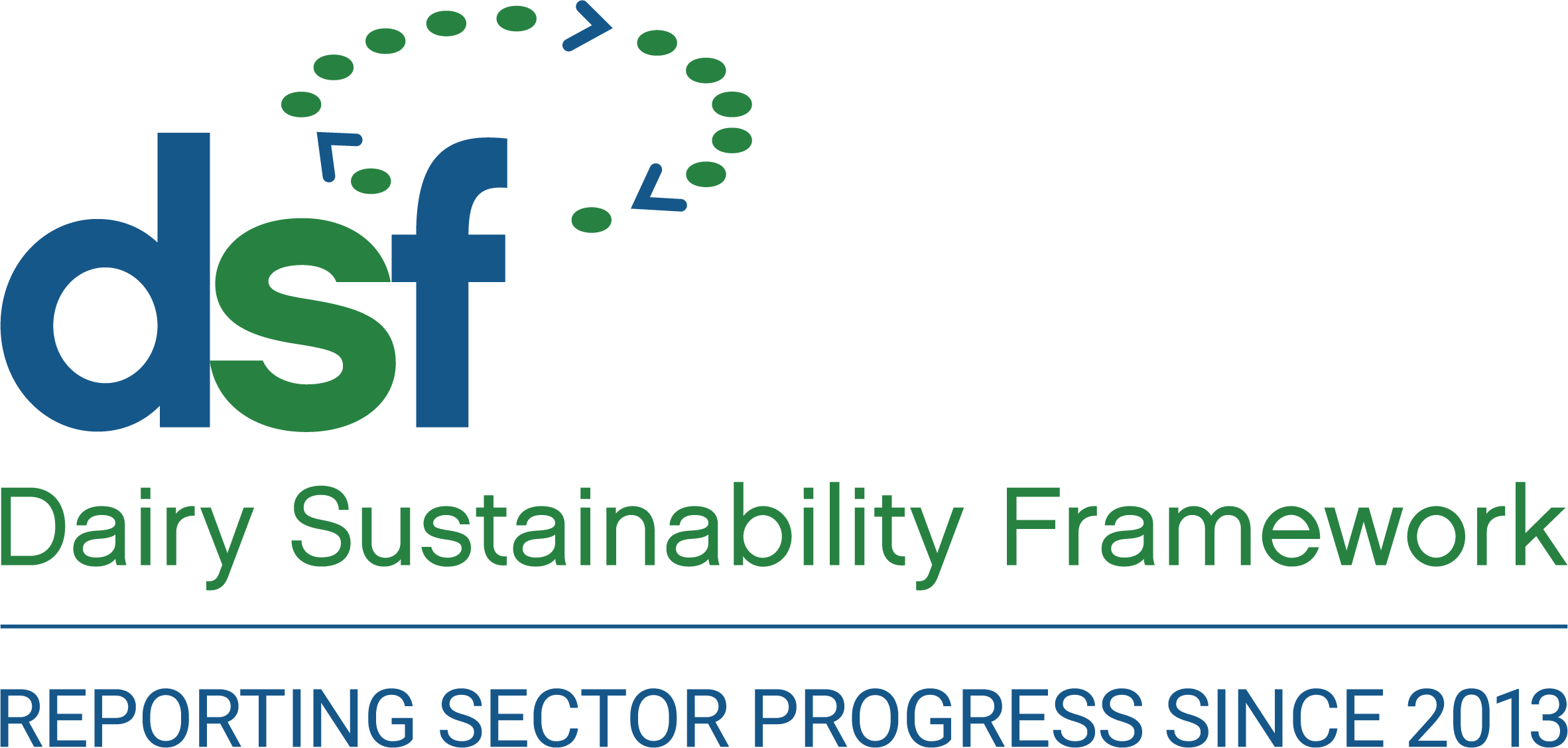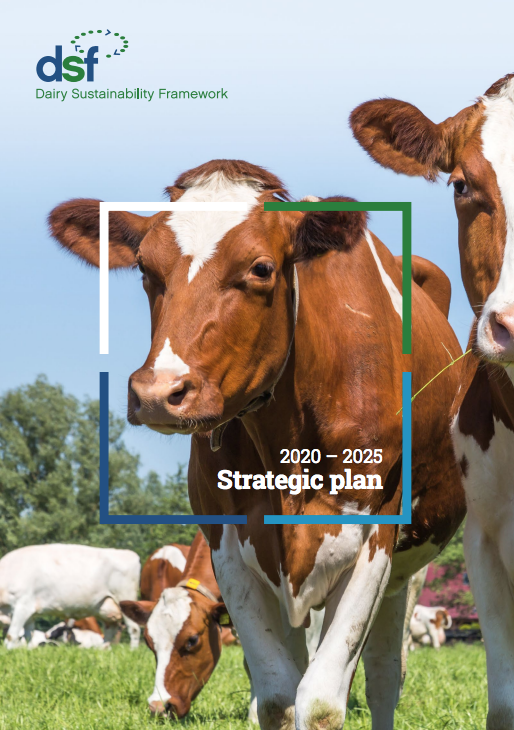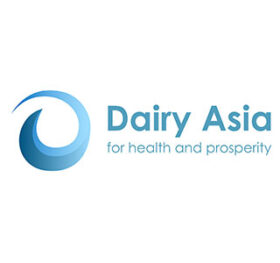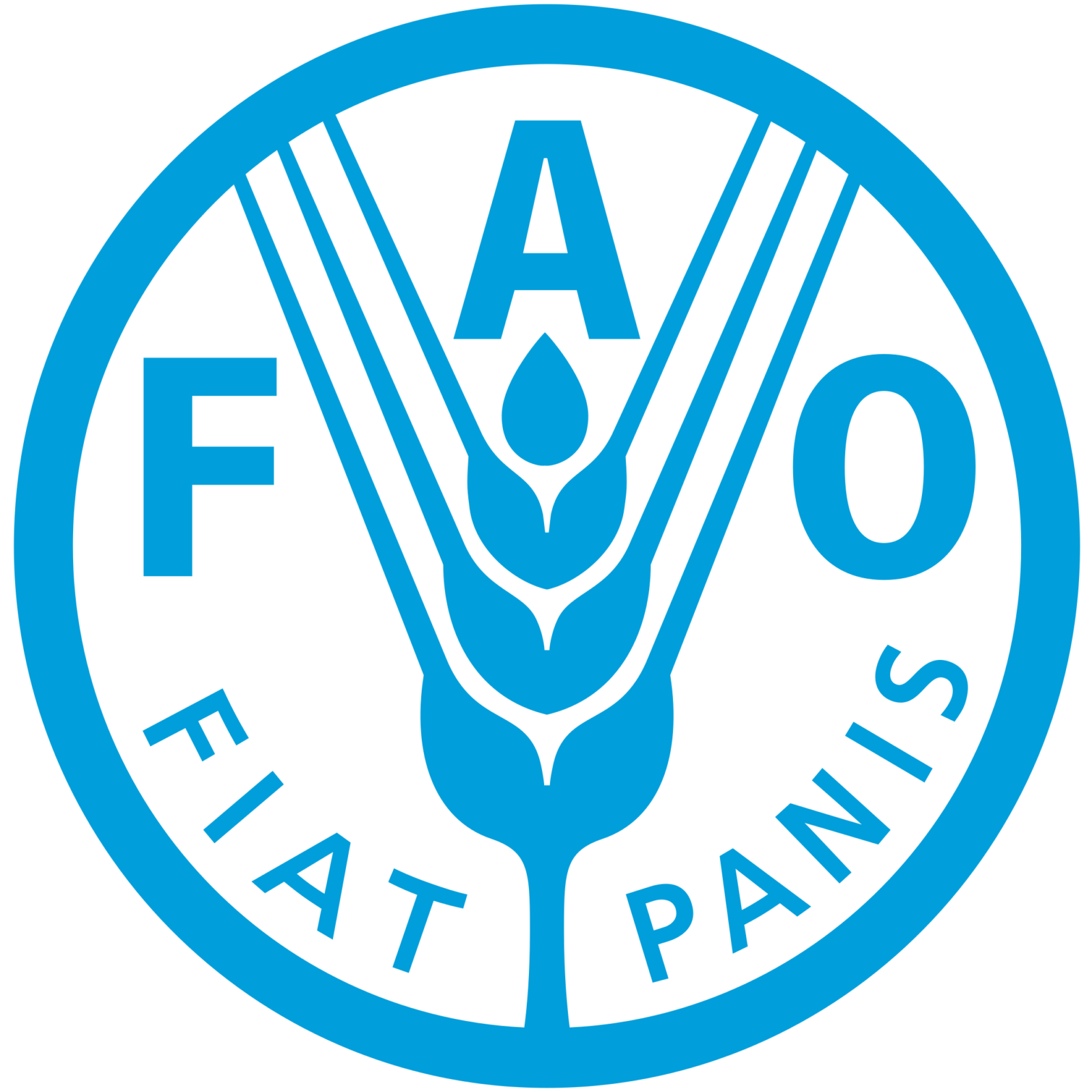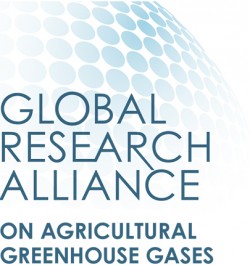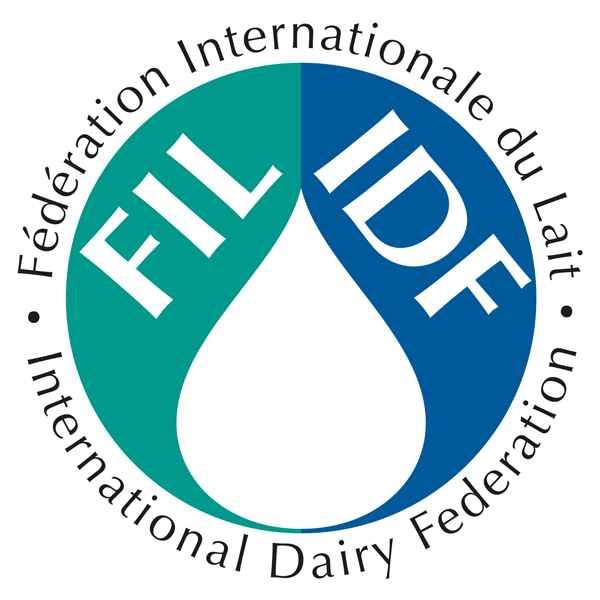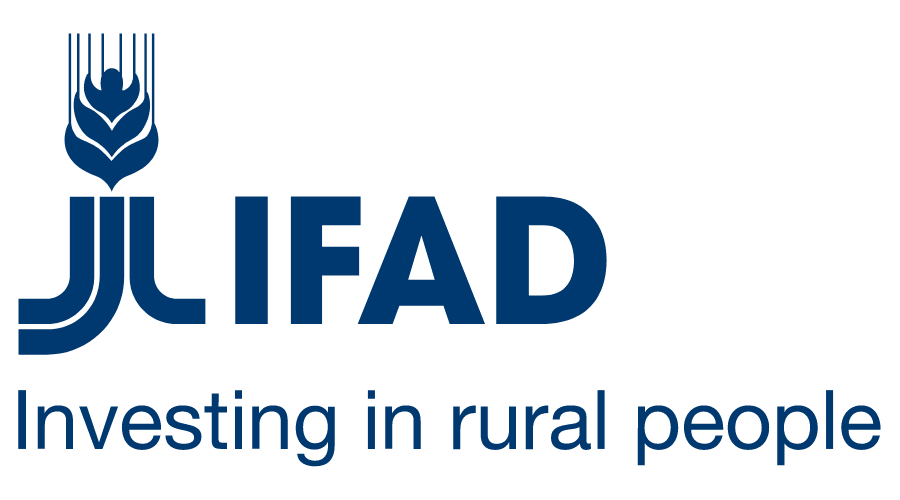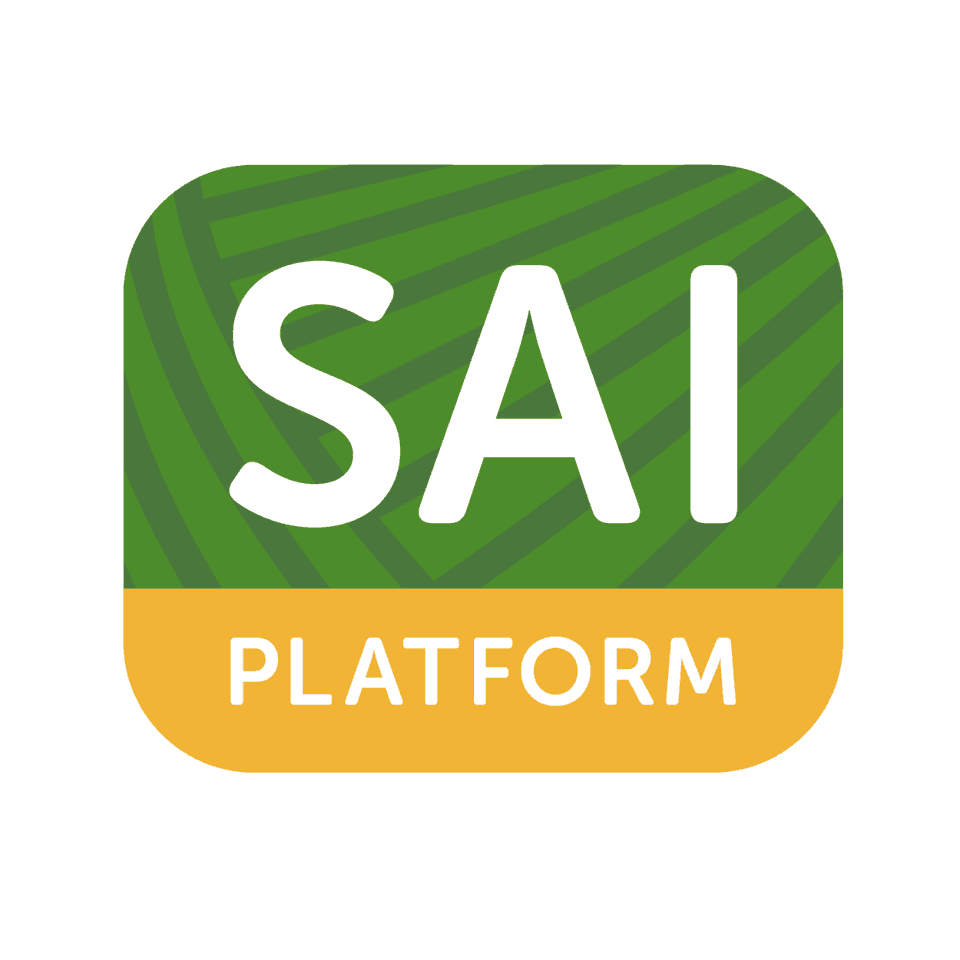- Lorem ipsum dolor sit amet, consectetur adipiscing.
- Montes cras porttitor blandit velit venenatis, phasellus sollicitudin primis.
- Viverra cras ante vivamus senectus suscipit, justo consequat velit.
- Ligula class pellentesque platea erat netus, sociis ac metus.
- Vestibulum etiam cras turpis curae, natoque class ultrices.
- Auctor duis turpis elementum suspendisse tellus, eleifend eget posuere.
Test Page
About Us

The 11 DSF Criteria
Social
– Animal Care
– Product Safety & Quality
– Working Contions
Environmental
– Biodiversity
– GHG Emissions
– Soil Nutrients
– Soil Quality & Retention
– Waste
– Water Availability & Quality
Economic
– Rural Economies
Environmental
– Biodiversity
– GHG Emissions
– Soil Nutrients
– Soil Quality & Retention
– Waste
– Water Availability & Quality
Social
– Animal Care
– Product Safety & Quality
– Working Contions
Indicator Development
The vision at inception was that through annual reporting the DSF would be able to measure the delta change over time of Members’ progression. The DSF is absolutely transparent regarding the indicators and what messages can feasibly be drawn from the reports that we provide.
Members are only required to report the indicators for the criteria they have prioritised and have, or are establishing, work programs under the specific criteria.
To this end, the indicators were developed through a scientific process by the University of Arkansas in consultation with Members and public stakeholders (2016 – 2018) and then introduced between 2018 and 2020.
